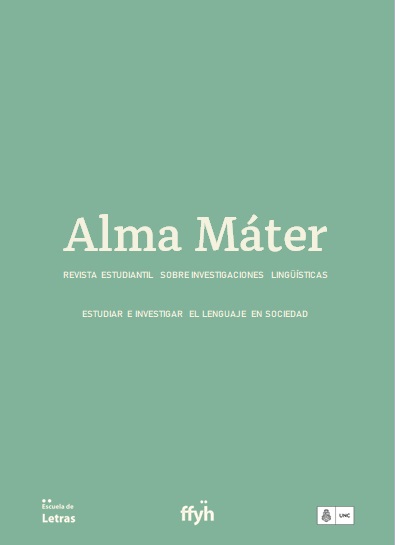Un análisis de las comparativas de cantidad en latín
Keywords:
Quantity comparatives, Latin grammars, Language teaching, Structuralism, PlautusAbstract
The level of syntactic complexity displayed by comparative structures in every language is a known fact. This has given rise to many debates (Prytz, 1979; Alarcos Llorach, 1980; Napoli, 1983; Hernández Alonso, 1996; Gutiérrez Ordóñez, 1997; Sáez del Álamo, 1999) which, in context of the language didactic, make difficult its teaching and learning. As a first approach to this matter, in the current paper we will propose an analysis of Latin’s quantity comparative structures, from a structural perspective, given the fact that this linguistic theory usually is the most accessible in initial Latin courses. We will focus in four main items, using as corpus the comparative structures featured in Plauto’s comedies Captiui and Miles Gloriosus: (1) the syntactic function of complete comparative structures; (2) syntactic function of the second “analytical” term; (3) ellipsis in comparative structures; (4) word-type of particles that introduce second-terms (quam, ac/atque, et). We believe that it is fundamental to take a stand in these debates when teaching, since it allows an early acquisition of tools to identify and think about those interstices which Grammars do not fill in.
Downloads
Published
Issue
Section
License
Copyright (c) 2021 Sabrina Molinero

This work is licensed under a Creative Commons Attribution-NonCommercial-ShareAlike 4.0 International License.
Commercial use of the original work or any derivative works is not allowed, and distribution must be done under a license identical to the one governing the original work.






